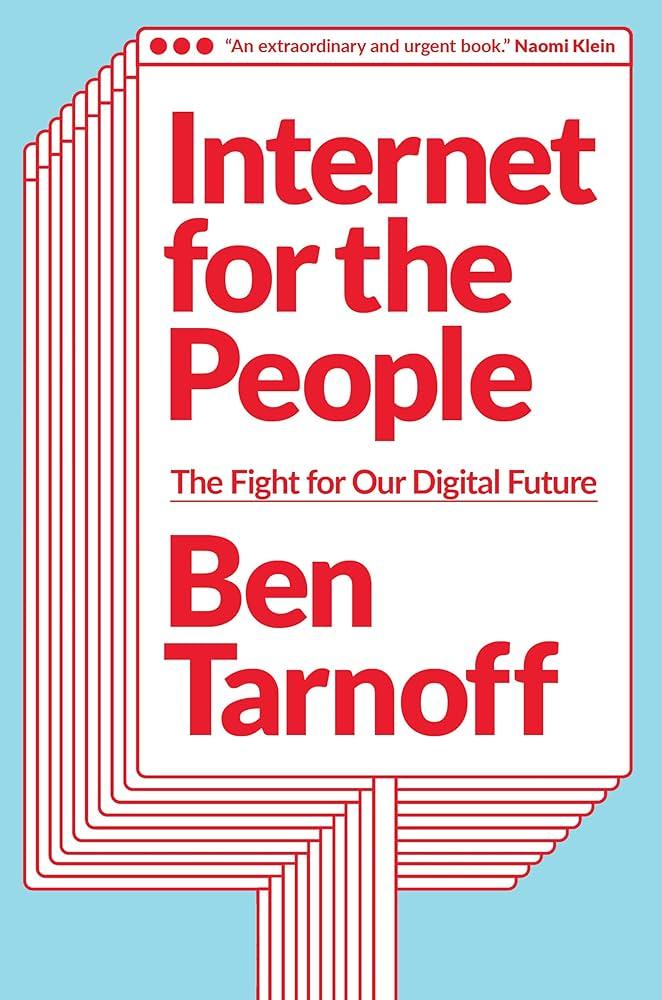Ben Tarnoff: The internet is quite difficult to visualize, even at a fairly simple level. It is composed of so many different pieces, and operates at so many different scales, that it was a daunting task to not only explain what the internet is, in an accessible yet non-reductive way, but also tell a coherent story about its evolution. Privatization, the main character of the story, is a master abstraction that lets me think about how the internet came to be in its present form.
The metaphor that I make particular use of is the stack. I divide the internet into two layers: the pipes, or the physical infrastructure of the internet, and the so-called platforms, or the upper floors of the internet, often called the “application layer.” That’s where we really experience online life, through apps and sites. To understand the story of privatization, you have to understand how it unfolds differently at different layers of the stack. It starts in the internet’s basement, so to speak, among the pipes, and it moves up the stack to the so-called platforms.
Serpe: Let’s start at the bottom of the stack. What was the path laid out in the United States to make the infrastructure of the internet a private system?
Tarnoff: The internet is best understood as a language that allows different computer networks to speak to one another. That language was developed by Pentagon-funded researchers in the 1970s in order to bring the mainframe to the battlefield, so that soldiers deployed overseas could access computers located in the United States. Practically speaking, a Jeep somewhere in Vietnam might, through its small onboard computer, access a program that was running on a large, powerful computer somewhere in Northern Virginia. That was the dream of the internet: to stitch together the computing resources of the U.S. military to empower war-fighting forces with software. It was not realized right away, but that was the basis for funding the experiments that produced the universal language of the internet.
In the 1980s, the internet eventually became a civilian research network under the leadership of the National Science Foundation, used primarily by academic researchers within the United States. By the early 1990s, the network faced a crisis: a lot more people wanted to join the internet, but the capacity wasn’t there. The creation of the World Wide Web made the internet easier to use—the first websites and the first graphical web browsers appeared in the early nineties—and made more and more people eager to get online. The NSF was trying to find a way to expand the network to accommodate demand and decided to accelerate already-existing plans for privatization. Which is to say, privatization was the plan all along. There was never a thought that the U.S. government was going to indefinitely run this network of networks. They wanted to turn it over to the private sector, but they decided to do so more quickly and, as it turns out, more comprehensively, than previously planned.
